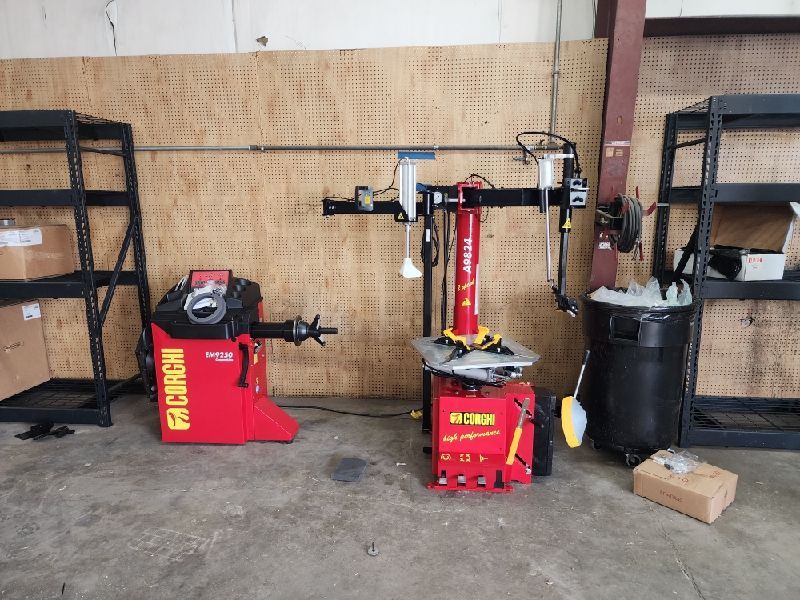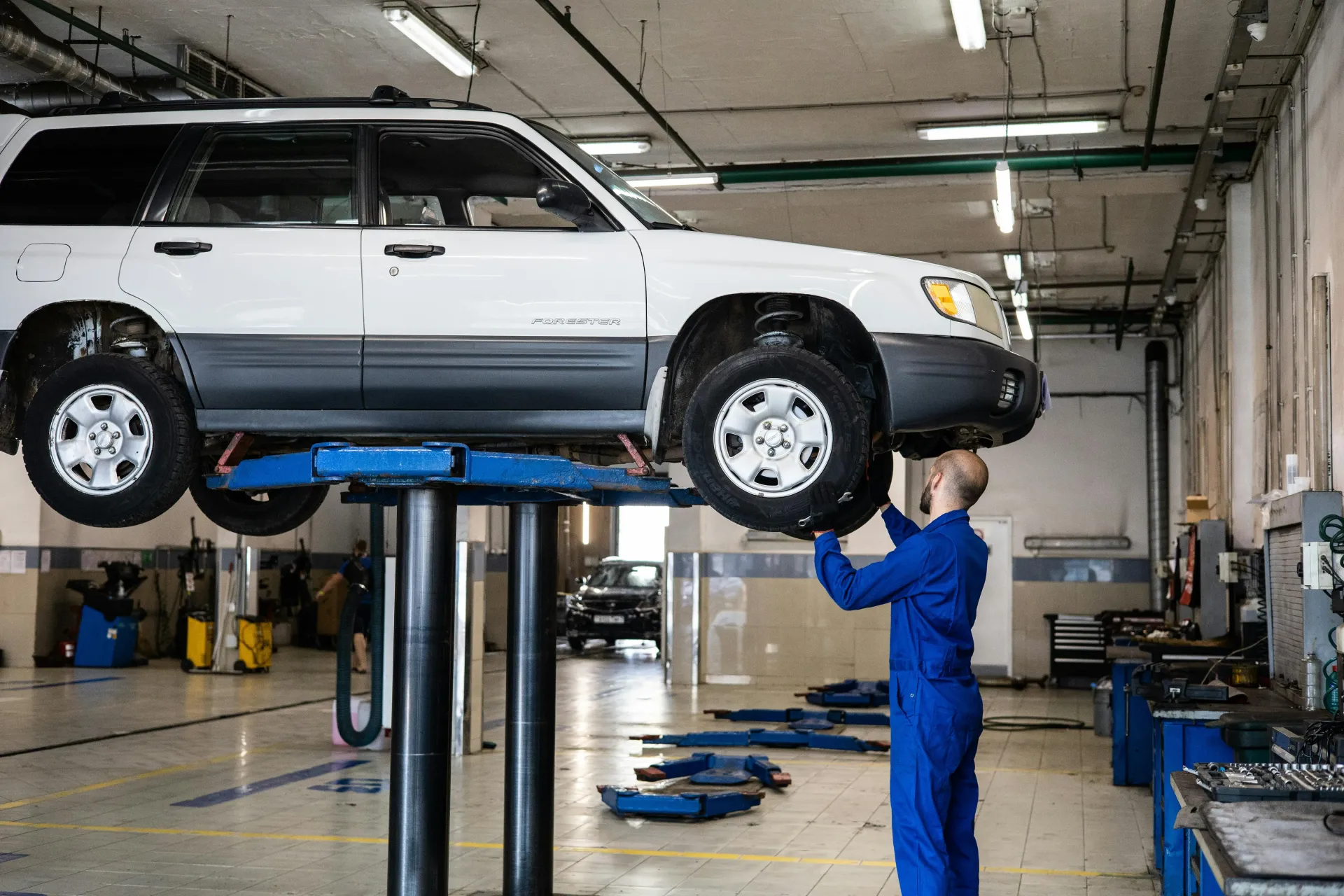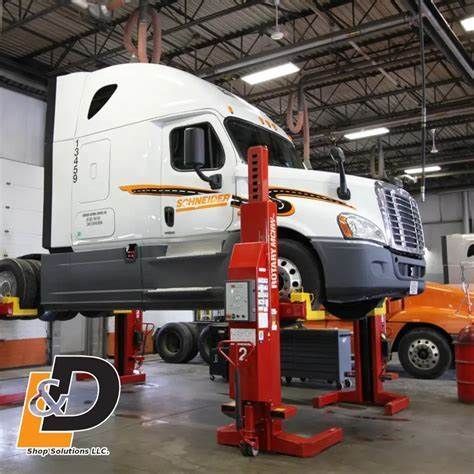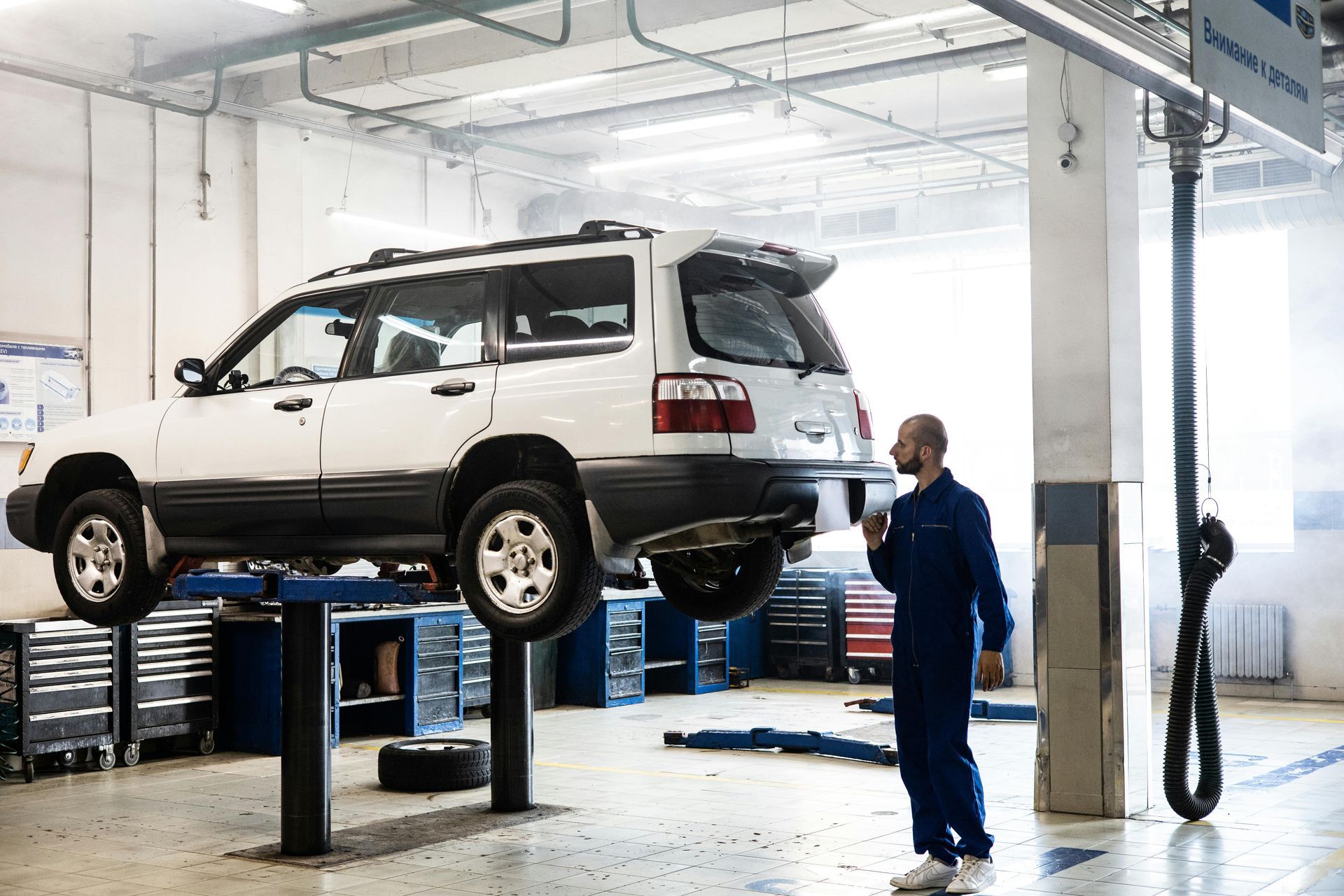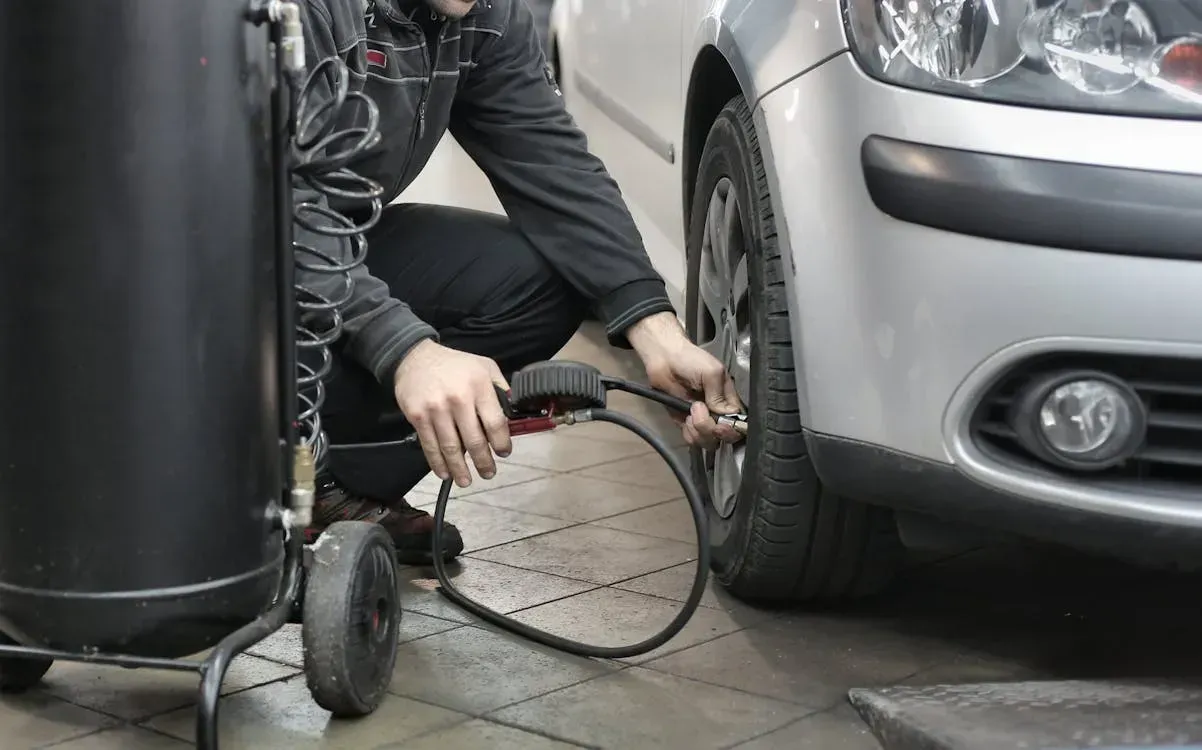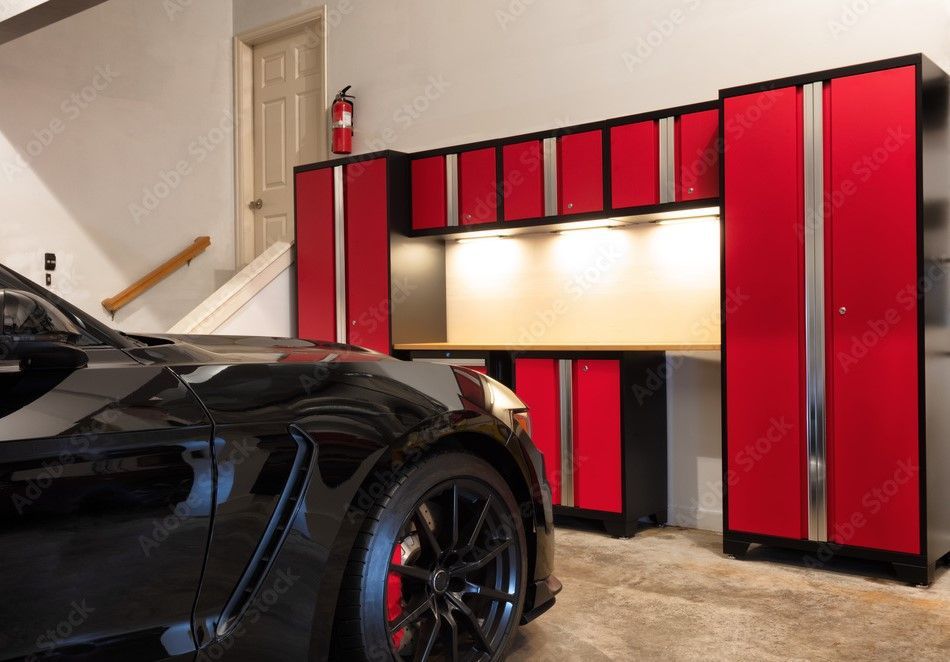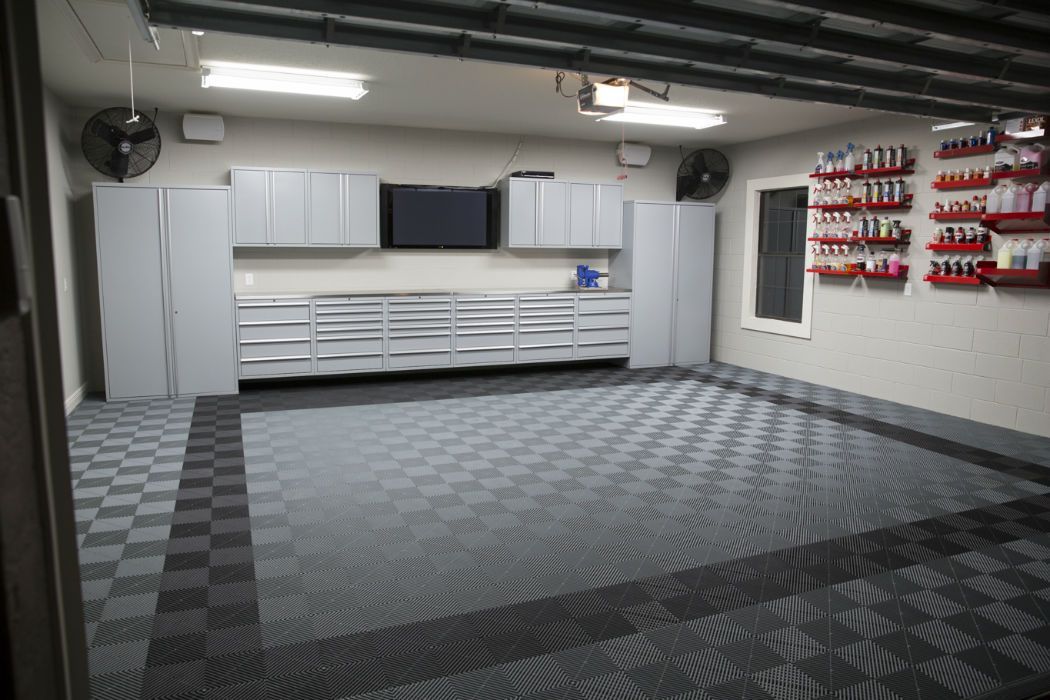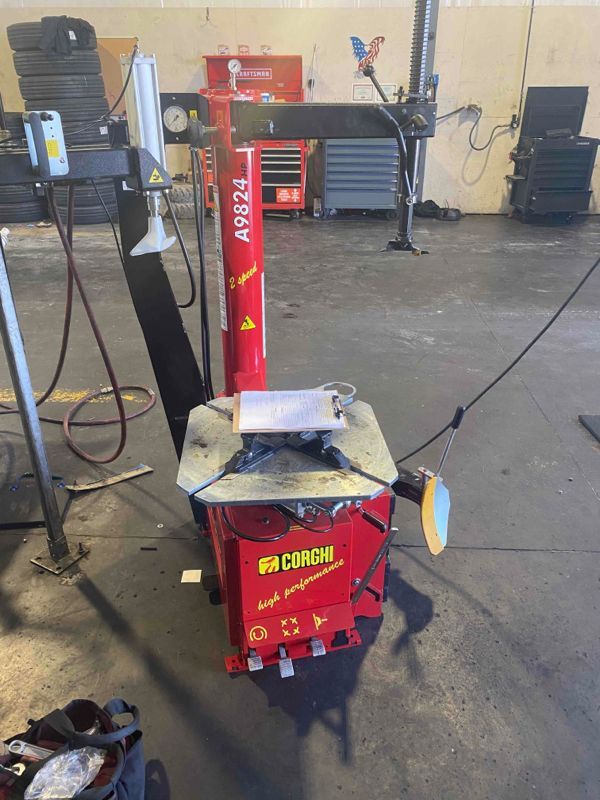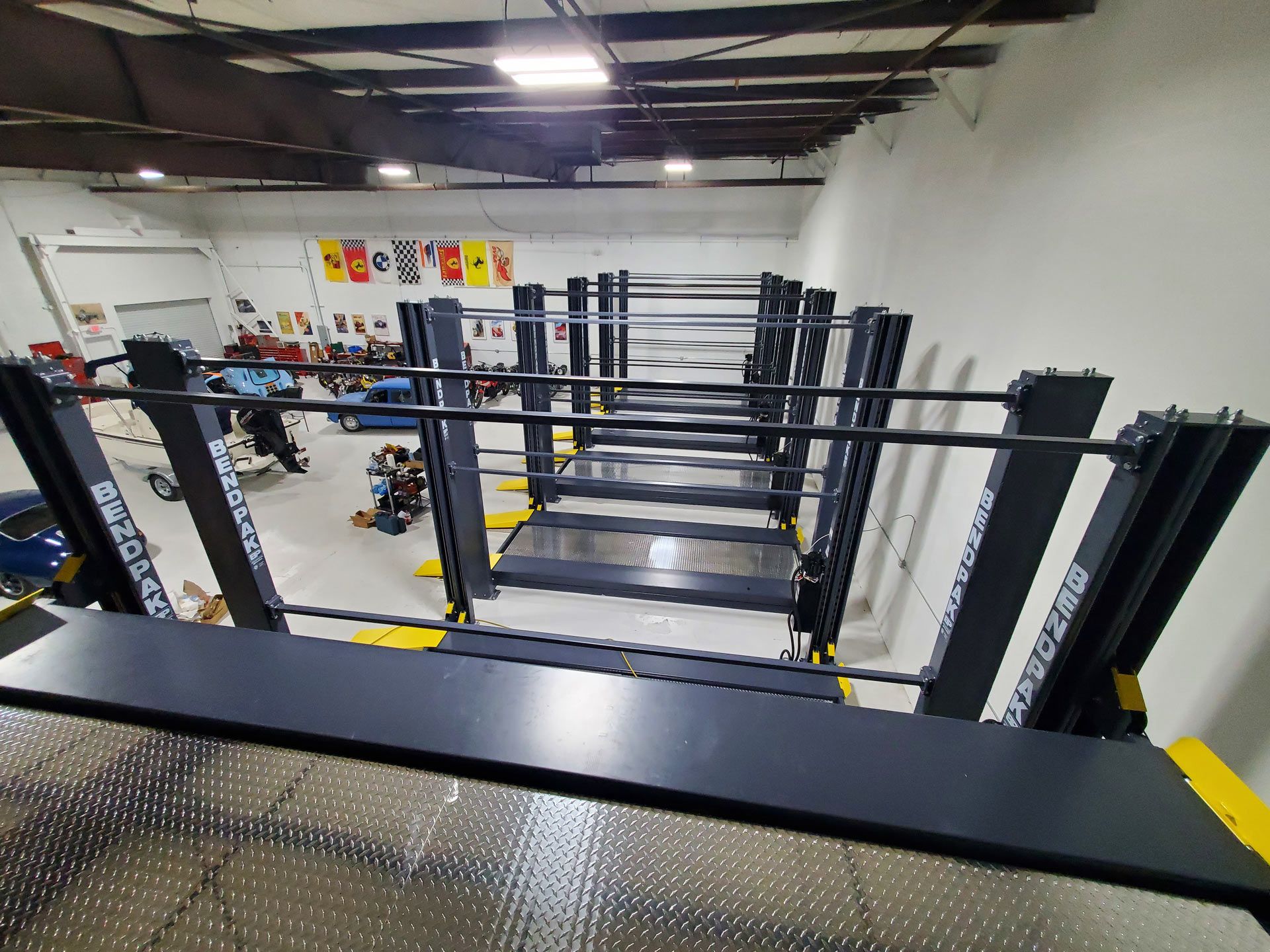Seasonal Maintenance Tips for Automotive Lifts and Shop Equipment
September 30, 2025
Introduction
Every season brings new challenges for automotive shops. From temperature swings to humidity shifts, your equipment endures constant environmental changes that can affect performance and safety. For shop owners in Angier, NC, where summers are humid and winters can get damp and cold, seasonal maintenance isn’t optional—it’s essential.
Neglecting preventive maintenance can lead to hydraulic leaks, electrical failures, or rusted components that slow your workflow and increase repair costs. But with a consistent seasonal routine, you can extend equipment life, improve safety, and keep your operation running smoothly year-round.
This guide covers practical, easy-to-follow maintenance tips for automotive lifts and shop equipment through every season, tailored for professional and home garages alike.
Why Seasonal Maintenance Matters
Automotive lifts, compressors, and other shop systems are mechanical investments that depend on stable conditions to perform safely. When the weather changes, so do factors like air moisture, oil viscosity, and metal expansion—all of which impact reliability.
Regular maintenance keeps your shop’s performance consistent and prevents downtime caused by:
- Hydraulic system failures
- Corroded fittings and air lines
- Electrical shorts from condensation
- Inaccurate lift synchronization
- Excessive wear from temperature fluctuations
Preventive maintenance also ensures compliance with safety standards such as ALI (Automotive Lift Institute) and OSHA requirements, protecting both your staff and your warranty.
Key Maintenance Considerations by Season
Spring: Inspection and Clean Start
Spring is the best time to reset your shop after winter wear and tear. Focus on cleaning, inspection, and replacing any parts affected by cold-weather stress.
Checklist for Spring:
- Inspect lift cables and pulleys: Look for fraying, corrosion, or slack in cables. Lubricate all pulleys and moving components.
- Drain and replace hydraulic fluid: Cold weather can cause condensation buildup—flush and refill with clean, manufacturer-approved fluid.
- Check for rust: Moisture from winter can cause oxidation on steel surfaces, anchors, and fittings. Sand and touch up paint where needed.
- Service air compressors: Drain condensate tanks and clean or replace air filters.
- Calibrate alignment and lift systems: Seasonal temperature swings can cause misalignment in precision equipment.
Summer: Heat and Humidity Protection
North Carolina summers bring high humidity and heat, which can accelerate wear on electrical components and seals. The goal this season is to keep systems cool, clean, and moisture-free.
Checklist for Summer:
- Inspect hydraulic seals: Heat can cause rubber seals to expand and crack. Replace any that appear brittle or leaking.
- Check cooling fans and ventilation: Ensure your compressor and electrical cabinets have proper airflow.
- Monitor air dryer systems: Humidity can lead to excess moisture in compressed air lines—service or replace filters and dryers regularly.
- Lubricate frequently used components: Increased friction from heat can lead to faster wear on moving parts.
- Inspect electrical systems: Clean dust from control panels, check for signs of overheating, and tighten all electrical connections.
Fall: Prepare for Temperature Drop
Autumn is about stabilizing systems and preparing for colder months. Focus on fluid levels, corrosion prevention, and testing your equipment before heavy winter use.
Checklist for Fall:
- Test lift safety locks and cables: Ensure mechanisms engage smoothly and securely.
- Top off hydraulic and compressor oil: Cooler weather thickens fluids, so maintaining proper levels is essential for smooth operation.
- Inspect belts and hoses: Replace any that show signs of wear or cracking before cold weather hardens them.
- Clean and protect surfaces: Apply rust inhibitors or protective coatings on metal components.
- Check lighting and electrical cords: Shorter daylight hours make proper illumination crucial for safety.
Winter: Cold-Weather Readiness
Cold weather can thicken hydraulic oil, stiffen seals, and cause condensation in compressed air systems. Winter maintenance ensures your shop stays reliable despite temperature swings.
Checklist for Winter:
- Warm up hydraulic systems: Run lifts without a load for a few cycles each morning to circulate fluid before full operation.
- Use cold-weather lubricants: Switch to lubricants rated for lower temperatures to prevent stiffness.
- Inspect floor anchors and concrete: Temperature changes can cause cracks—repair any damage immediately.
- Check moisture traps and drains: Condensation can freeze inside air lines, leading to pressure loss.
- Inspect lift arms and pads: Cold makes rubber brittle—replace worn pads or cracked arm covers.
Year-Round Maintenance Habits
While seasonal checks are important, consistency throughout the year is the real key to equipment longevity.
Best practices include:
- Keeping a
maintenance log for each lift and compressor.
- Training staff on daily pre-use inspections.
- Scheduling professional inspections at least twice per year.
- Replacing worn-out safety decals and documentation.
Routine care also reduces emergency service calls and keeps your business compliant with warranty and safety standards.
Frequently Asked Questions
How often should I inspect my automotive lift?
Perform a quick daily visual inspection and a detailed inspection every 90 days. Schedule a professional ALI-certified inspection annually.
What hydraulic fluid is best for my lift?
Always use manufacturer-recommended hydraulic fluid. In cold climates, a lower-viscosity option may improve performance.
Can I do seasonal maintenance myself?
Basic checks can be done in-house, but complex services—like cable replacement or electrical calibration—should be handled by a certified technician.
How do I prevent rust in my shop?
Keep humidity under control using air dryers, proper drainage, and rust inhibitors on exposed metal surfaces.
Does seasonal maintenance affect my lift’s warranty?
Yes. Manufacturers often require documented maintenance to keep warranties valid. Skipping scheduled checks could void coverage.
Conclusion
Seasonal maintenance is one of the simplest yet most powerful ways to extend the life of your lifts and shop equipment. By adapting your care routine to the climate and keeping up with inspections, you’ll avoid costly breakdowns, ensure technician safety, and maintain consistent performance year-round.
For shops in Angier, NC, where humidity and temperature changes can stress equipment, a proactive maintenance plan isn’t just smart—it’s essential to keeping your operation reliable and profitable.

